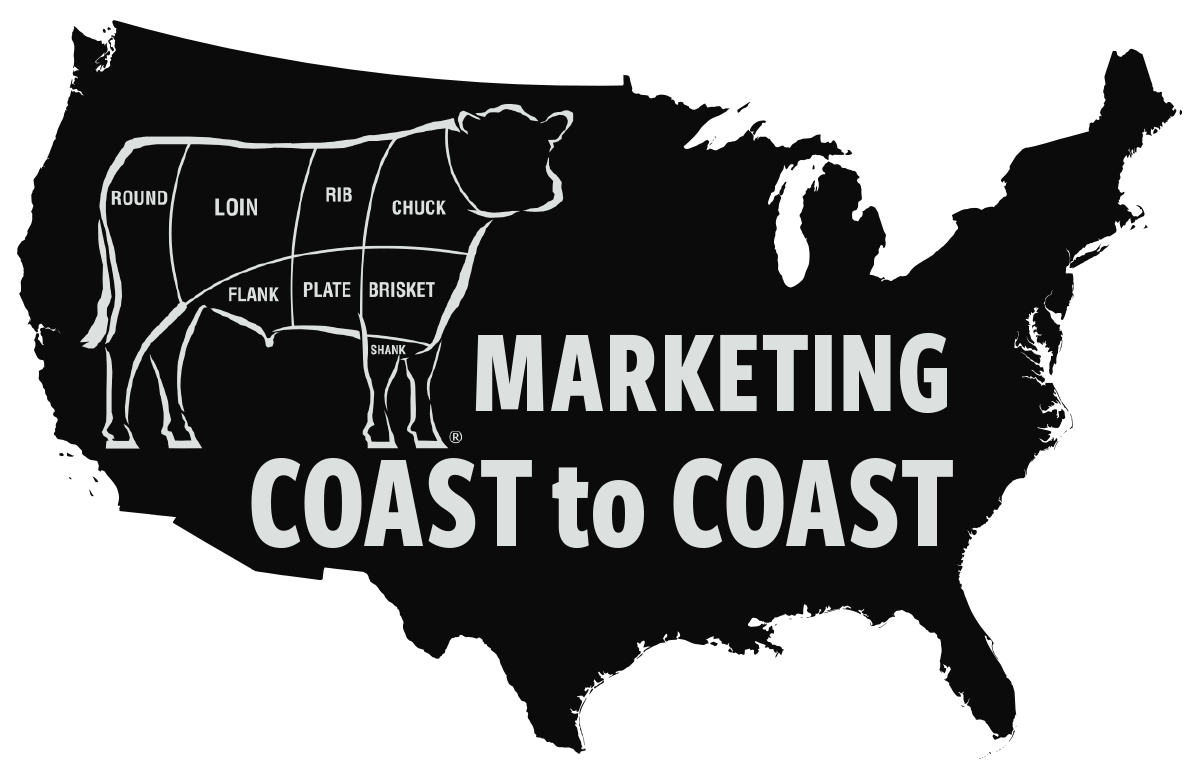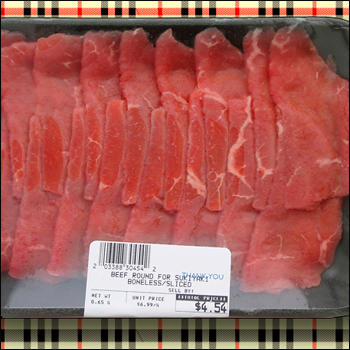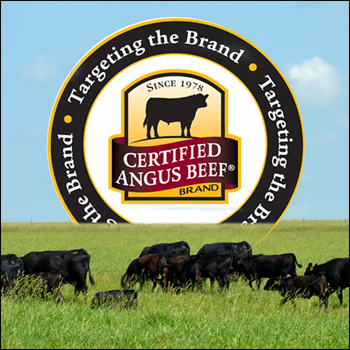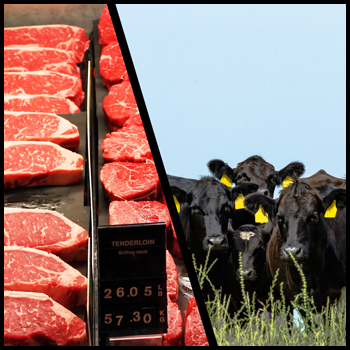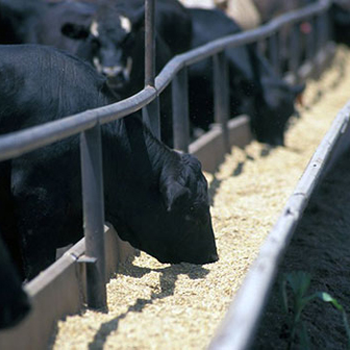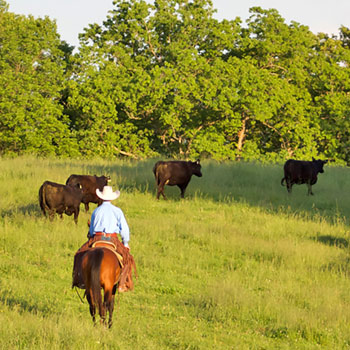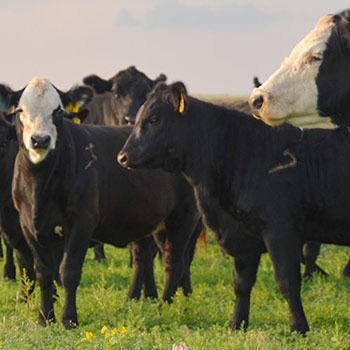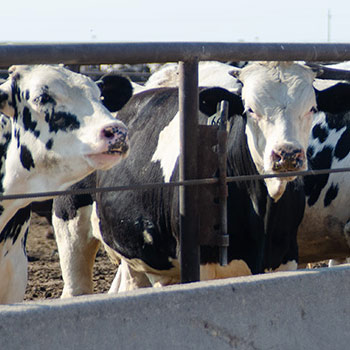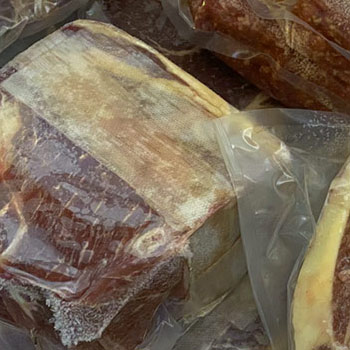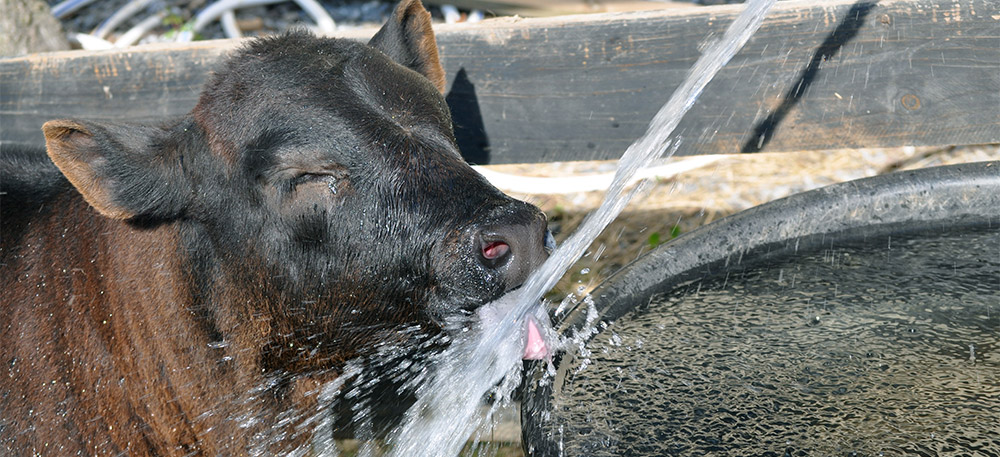
Summer Water
Summertime water requirements for the cow herd.
During hot summer months, the water needed for a cow herd often determines several other management decisions. To best assess the adequacy of water quantities in surface water or from wells or “rural water” supplies, it first is necessary to have an idea of the amount needed for cattle of different sizes and stages of production that you may have during the summer on the ranch.
A University of Georgia publication (Rossi and Pence, revised by Dyer, 2012) lists the estimated water requirements for cattle in different production stages if the daily high temperature is 90° F. They suggest the amount of water required can be estimated by the production stage and the weight of the cattle.
For instance, a lactating cow needs 2 gallons (gal.) of water per 100 pounds (lb.) of body weight. A nonlactating cow or bull needs just 1 gal. of water per 100 lb. of body weight. If you are estimating water needs for your cattle, be honest about the weight of the cows in the herd. Many cows today weigh 1,200 lb. or more (some a lot more). Therefore, expect that most spring-calving cows will need at least 24 gal. per day for themselves and for their calf. Also recognize that some summer days get even hotter than the 90° used in the Georgia paper. On days with extreme heat, expect the water usage to go up even further.
Water quality is also a consideration in the summertime. Nitrate concentrations in surface water may be a concern especially if that water source has runoff from nearby crop fields. Nitrates in water can add to the nitrates consumed from stressed plants such as forage sorghums and Johnsongrass. Water samples can be sent for nitrate content via your local County Extension office to the Oklahoma State University Soil, Water and Forage Analytical Laboratory in Stillwater.
Blue-green algae also may occur in standing water and be toxic to cattle. Although it is titled “blue-green algae,” the culprit is actually a cyanobacteria that produces the toxin that can be lethal to cattle that drink from the affected pond. Water tests may be sent performed to screen for microscopic “blue-green algae.” Consult your local large animal veterinarian for assistance with this test.
Editor’s note: This article is reprinted with permission from the July 6 Cow-Calf Corner, a newsletter published by the Oklahoma Cooperative Extension Service, for which Glenn Selk is an emeritus extension animal scientist. Photo by Jenna Hamilton, NJAS/Angus Journal Photography Contest.
